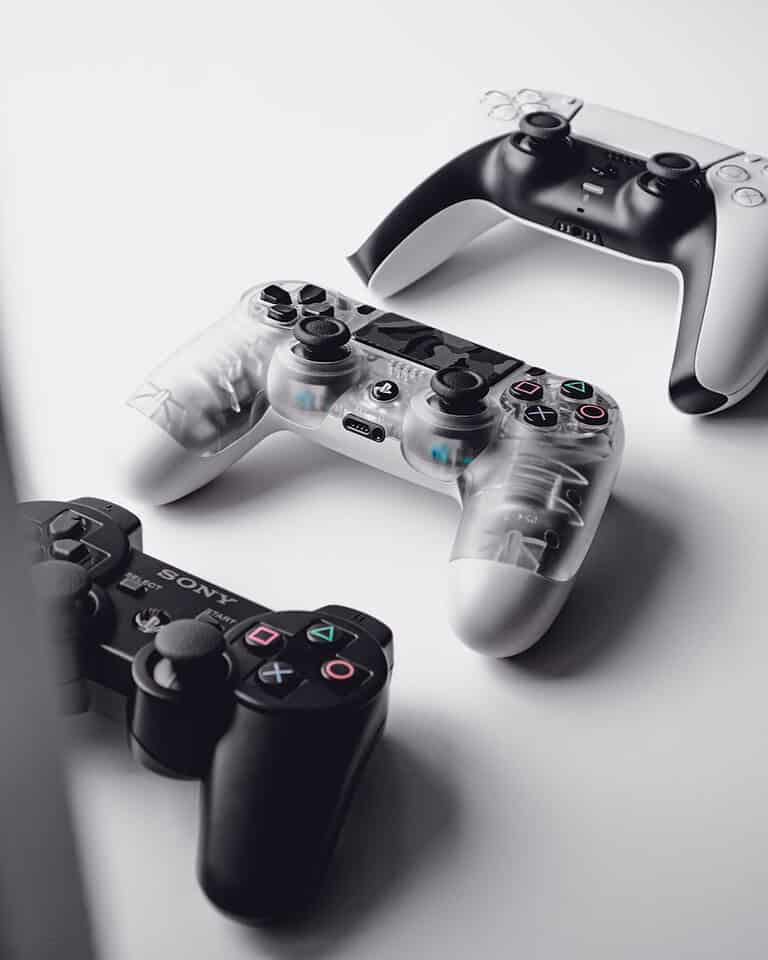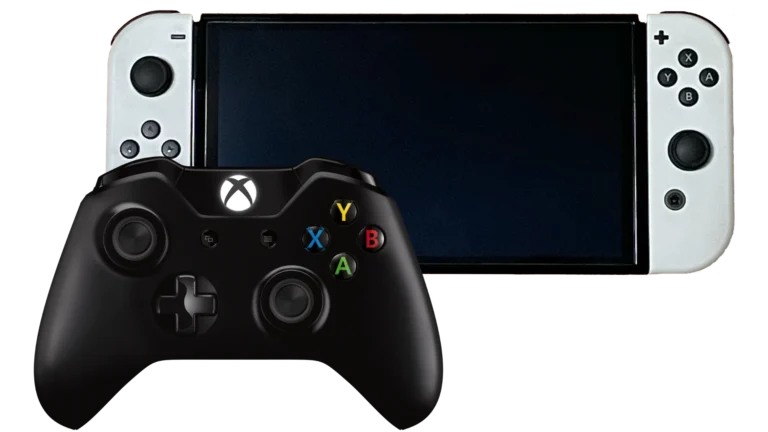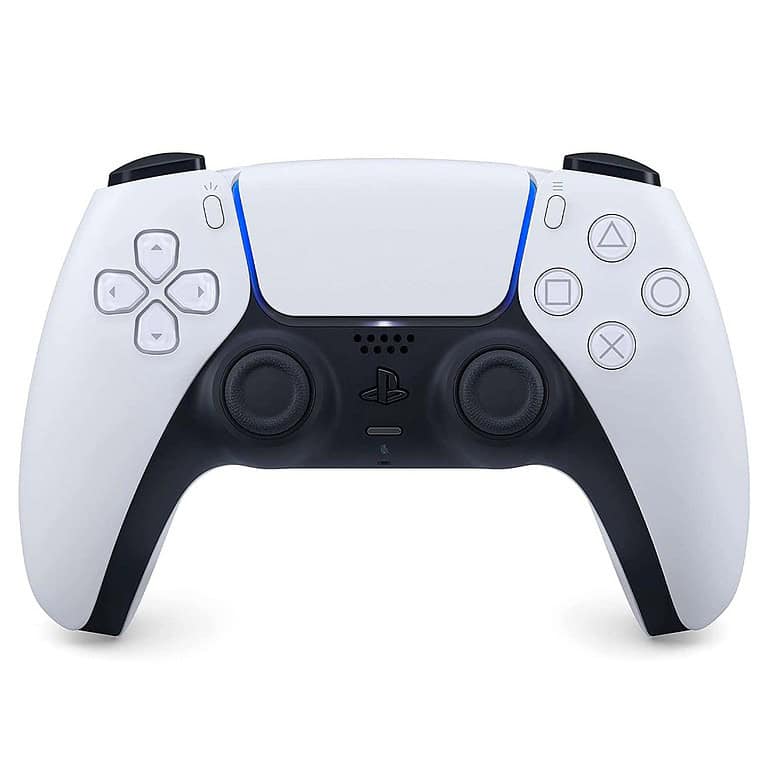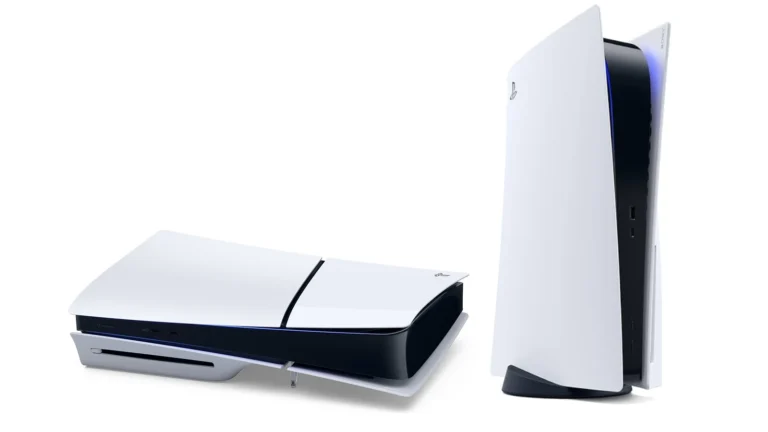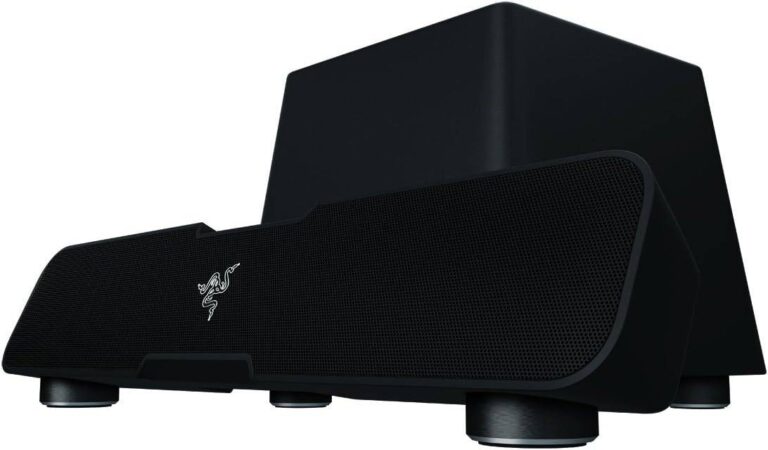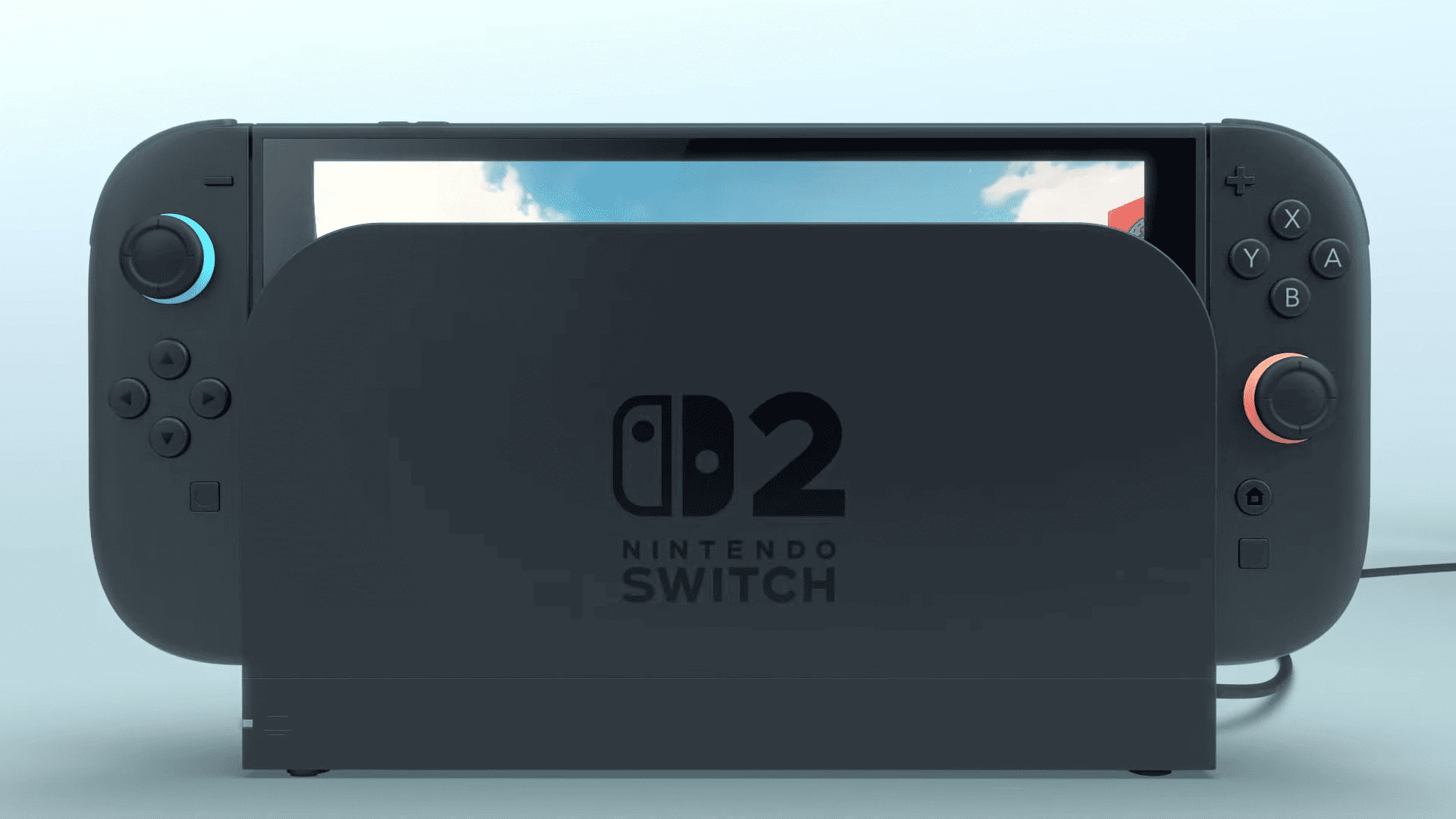
As anticipation builds for Nintendo’s next console, gamers are eager to know if the rumored “Switch 2” will support backward compatibility. While Nintendo has not officially confirmed backward compatibility for the Switch 2, industry trends and past practices suggest it’s a strong possibility. This feature would allow players to use their existing Switch game libraries on the new system, preserving their investments and gaming history.
Backward compatibility has become increasingly important in the gaming industry, with competitors like Sony and Microsoft embracing the feature in their latest consoles. For Nintendo, implementing this capability could be a strategic move to maintain customer loyalty and ease the transition to new hardware. It would also benefit developers by providing a larger potential audience for their games across both current and next-generation platforms.
The success of the original Switch and its extensive game library make a compelling case for backward compatibility. Many popular titles and franchises could see extended life on the new system, potentially with enhanced performance or visual upgrades. As the gaming community awaits official news from Nintendo, speculation continues about the technical aspects and potential limitations of backward compatibility on the Switch 2.
Nintendo Switch 2 Backward Compatibility and What It Means For You
Confirmed Backward Compatibility
Nintendo has officially stated that the Nintendo Switch 2 will support backward compatibility with a large portion of the original Nintendo Switch game library. This includes both physical game cartridges and digital downloads. This is a significant advantage for gamers, allowing them to transition to the new console without losing access to their existing collections.
Potential Compatibility Issues
While most games should work, Nintendo has also cautioned that some games may not be fully compatible or supported on the Switch 2. The specifics of which games might have issues haven’t been released. It is possible that games that rely heavily on the original Switch’s unique hardware features, such as specific sensor placements or the IR Motion Camera, may experience problems. We’ll have to wait for more details from Nintendo closer to the Switch 2’s launch.
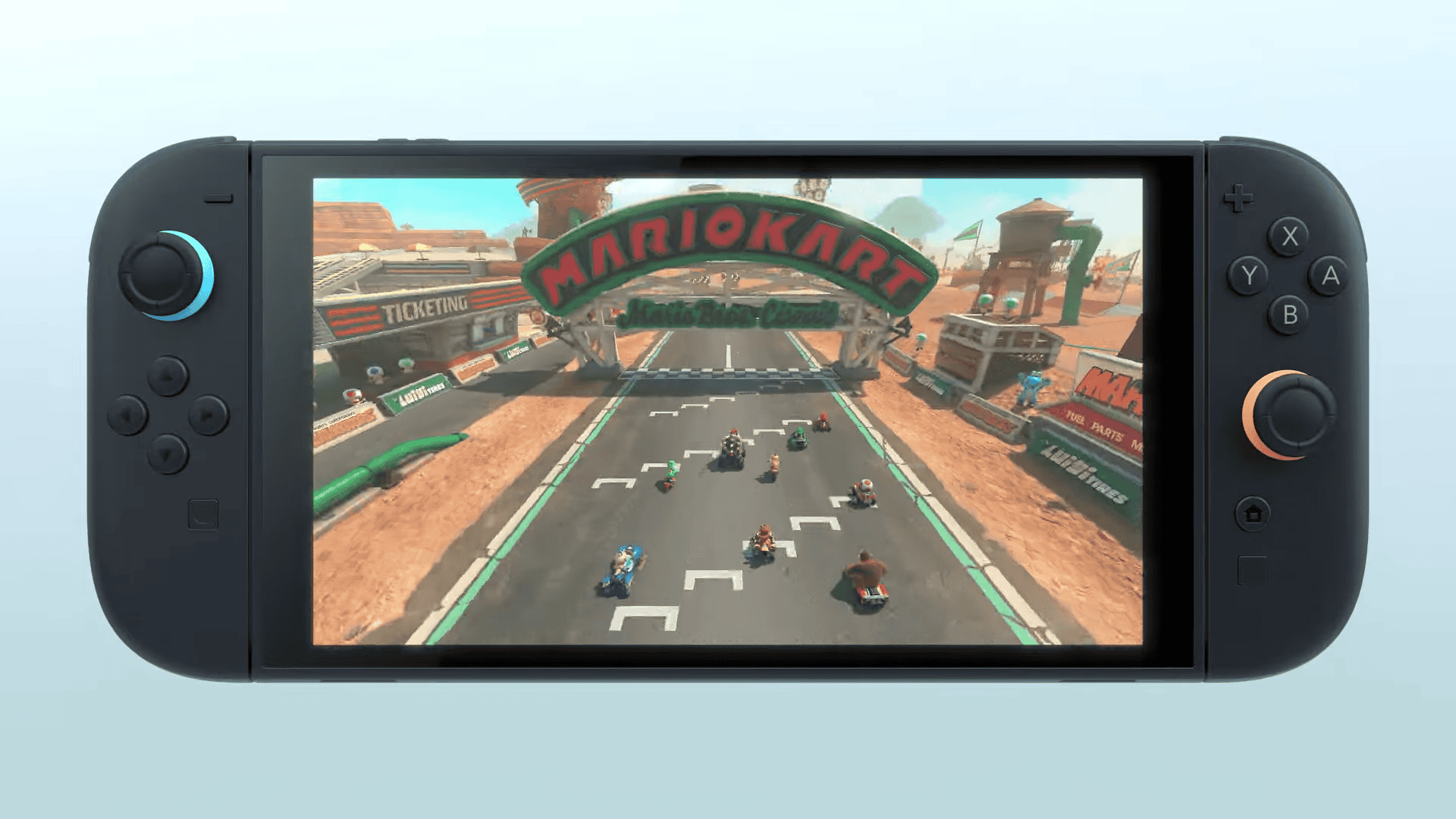
What This Means for Gamers
Backward compatibility is a major win for consumers. It reduces the financial burden of upgrading to a new console, as players don’t have to repurchase their favorite titles. It also ensures that beloved games from the Switch’s past aren’t lost to time. Preserving access to older games is important for the gaming community and its history.
Comparing to Other Consoles
Backward compatibility has become a standard feature for many modern consoles. Both the PlayStation 5 and Xbox Series X/S offer backward compatibility with the majority of their predecessors’ libraries. Nintendo’s inclusion of this feature with the Switch 2 keeps them in line with industry trends and consumer expectations.
Switch 2 and Digital Games
The backward compatibility extends to digital games purchased on the Nintendo eShop. This means that if you have a digital library of Switch games, you should be able to download and play them on the Switch 2. This is a convenient way to access your games without having to worry about physical cartridges.
What to Expect at Launch
While backward compatibility is confirmed, the exact details of how it will work may not be fully revealed until the Switch 2’s official launch. Nintendo will likely provide a list of compatible games and any known issues closer to the release date.
| Feature | Nintendo Switch 2 | PlayStation 5 | Xbox Series X/S |
|---|---|---|---|
| Backward Compatibility | Yes (most games) | Yes (most PS4 games) | Yes (most Xbox One games) |
| Digital Game Support | Yes | Yes | Yes |
| Physical Game Support | Yes | Yes | Yes |
Looking Ahead: The Future of Nintendo Gaming
The Nintendo Switch 2’s backward compatibility is a positive sign for the future of Nintendo gaming. It shows a commitment to preserving their gaming history and respecting the investments that players have made in their game libraries. Combined with the potential improvements in hardware and features, the Switch 2 is shaping up to be a worthy successor to the original Switch.
Transferring Your Nintendo Account
A key aspect of backward compatibility, especially for digital games, is transferring your Nintendo Account to the new console. Nintendo has systems in place to allow users to migrate their accounts, including purchases and save data, to new hardware. This process usually involves linking your account on both the old and new systems and following on-screen instructions. More information on the specifics of the Switch 2 account transfer process will be released closer to launch. It’s always a good idea to ensure your Nintendo Account information is up-to-date before a new console release.
Key Takeaways
- Backward compatibility for Switch 2 is likely but not confirmed
- This feature would allow current Switch games to be played on the new console
- Implementing backward compatibility could benefit both players and developers
Nintendo Switch 2 Overview
Nintendo confirmed that the Switch 2 will support backward compatibility, which is great news for gamers. This means players can use their existing game libraries on the new console. It also shows that Nintendo values its gaming history. While there are still some questions about which games will be compatible, the overall news is positive.
This sets up a smooth transition to the next generation of Nintendo gaming. The backward compatibility, along with expected hardware upgrades, makes the Switch 2 exciting for both long-time fans and new players.
The Nintendo Switch 2 is expected to build on the success of its predecessor while introducing new features and improvements. This next-generation console aims to enhance the gaming experience for Nintendo fans.
Design and Hardware Expectations
The Switch 2 may feature a larger LCD or OLED screen, offering improved visuals for handheld play. Reports suggest a slight increase in size compared to the original Switch. The console is likely to maintain the hybrid design, allowing for both portable and docked gameplay.
Rumors point to upgraded processing power and graphics capabilities. This could enable better performance and more visually impressive games. The new hardware might support higher resolutions and frame rates, particularly when connected to a TV.
Storage capacity is expected to increase, addressing a common complaint about the current model. The Switch 2 may also include enhanced battery life for longer gaming sessions on the go.
User Account Integration
Nintendo plans to carry over user accounts from the original Switch to the new console. This approach aims to provide a smooth transition for existing Switch owners. Players will likely keep their game libraries, friend lists, and account information.
The integration may allow for cloud saves and purchases to transfer seamlessly. This continuity would let users access their digital content on the new system without hassle. Nintendo might also introduce new features tied to user accounts, enhancing the online experience.
Cross-platform play between Switch and Switch 2 could be a possibility, depending on game compatibility. This would help maintain an active player base across both systems during the transition period.
Backward Compatibility Considerations
Backward compatibility remains a key concern for Nintendo Switch owners as rumors of a potential Switch 2 console circulate. The ability to play existing games on new hardware impacts both physical and digital libraries.
Compatibility with Previous Nintendo Switch Games
Nintendo has a history of supporting backward compatibility in its handheld consoles. The Switch 2 may follow this trend, allowing players to use their current game collection. This would benefit users with large libraries of Switch games. It could also help Nintendo maintain its player base during the transition to new hardware.
Backward compatibility might require some technical adjustments. The Switch 2 could use enhanced emulation or scaling to run older titles. This approach would let games take advantage of potential hardware improvements while preserving compatibility.
Impact on Digital Libraries and Accounts
Digital game purchases make up a significant portion of many Switch owners’ libraries. Nintendo’s approach to backward compatibility will greatly affect these digital collections. If the Switch 2 supports backward compatibility, players may be able to access their entire digital library on the new console.
Nintendo accounts currently link purchases across devices. This system could extend to the Switch 2, allowing seamless transfer of digital games and save data. Cloud saves might play a role in this process, easing the transition between console generations.
Backward compatibility for digital content could influence consumer trust and willingness to invest in the new platform. It may also affect Nintendo’s strategy for re-releasing older titles on the Switch 2.
Comparative Analysis with Competitors
Nintendo’s approach to backward compatibility for the Switch 2 differs from its main rivals in the console market. The company’s strategy also shapes consumer expectations for its next-generation hardware.
Comparison to PlayStation 5 and Xbox Series X
Sony’s PS5 and Microsoft’s Xbox Series X both offer backward compatibility with their previous console generations. The PS5 plays most PS4 games, while the Xbox Series X supports titles from the Xbox One, Xbox 360, and original Xbox. Nintendo’s potential backward compatibility for the Switch 2 would align with this industry trend.
The Switch 2’s rumored backward compatibility could give it an edge in the market. It would allow users to keep their existing game libraries, potentially boosting early adoption rates. This feature might also help Nintendo compete with the larger game catalogs of its rivals.
Market Expectations for a Next-Gen Nintendo Console
Gamers expect the Switch 2 to offer improved performance and graphics while maintaining the hybrid console-handheld design. Backward compatibility is a key feature many fans hope to see, as it would protect their investments in Switch games.
Nintendo’s focus on unique gameplay experiences rather than raw power sets it apart from competitors. The Switch 2 is likely to continue this tradition, offering innovative features alongside potential backward compatibility. This approach could help Nintendo carve out its own niche in the next console generation, appealing to both casual and dedicated gamers.
Content Ecosystem and Third-party Support
Nintendo’s potential backward compatibility for the Switch 2 could significantly impact its content ecosystem. Third-party publishers may find it easier to support both platforms simultaneously. This approach would allow for a smoother transition and a larger player base.
Ubisoft, a major third-party publisher, might benefit from this compatibility. They could continue releasing games for the current Switch while developing enhanced versions for the Switch 2.
Popular Nintendo franchises like Super Mario Bros. and The Legend of Zelda would likely see continued support across both systems. This strategy would maintain player engagement and provide opportunities for graphical upgrades on the new hardware.
Backward compatibility may also encourage indie developers to create games for the Switch ecosystem. They could reach a wider audience without the need for separate versions for each console.
The ability to carry over digital libraries could be a key selling point for the Switch 2. Players would have immediate access to their existing game collections, potentially boosting early adoption rates.
Physical game cartridge support, if implemented, would further enhance the value proposition for consumers. It would allow them to continue enjoying their physical Switch libraries on the new system.
Frequently Asked Questions
Nintendo has not officially confirmed details about backward compatibility for the rumored Switch 2. Speculation remains high as fans await news on game and accessory support.
Will previous generation Switch games be compatible with the new device?
Backward compatibility for existing Switch games is uncertain. Nintendo has not made any announcements about game support for the rumored next-gen console. Past Nintendo systems have had mixed approaches to legacy game support.
Is there official confirmation about the compatibility of Switch cartridges with the upcoming console?
Nintendo has not provided official information about cartridge compatibility. The company typically reveals hardware details closer to launch. Cartridge support will likely depend on the new system’s physical design and internal architecture.
Can digital purchases from the previous Switch be transferred to the new model?
Transfer of digital purchases remains unconfirmed. Nintendo’s approach with past systems suggests some form of account-based transfer may be possible. Specific details will likely emerge once the new console is officially announced.
What has been revealed about the support for legacy content on the next version of the Switch?
Nintendo has shared no concrete information about legacy content support. The company aims for a “smooth transition” to the new system, which could hint at some backward compatibility features. Exact plans remain undisclosed.
Are there any announced plans for 3DS games to work on the new Switch iteration?
No plans for 3DS game support have been announced. The significant hardware differences between 3DS and Switch make direct compatibility unlikely. Nintendo has not discussed any potential emulation or remastering of 3DS titles.
Will the new console maintain compatibility with existing Switch accessories?
Compatibility with current Switch accessories is unknown. Nintendo’s history suggests some accessories may work, while others might not. The new console’s design will largely determine accessory support.

